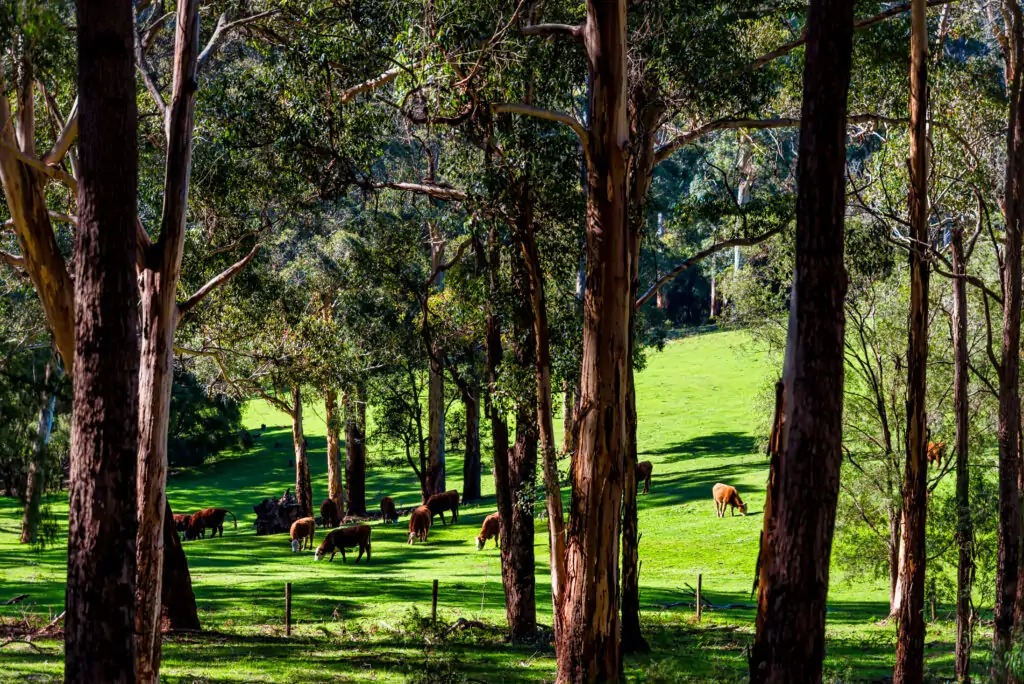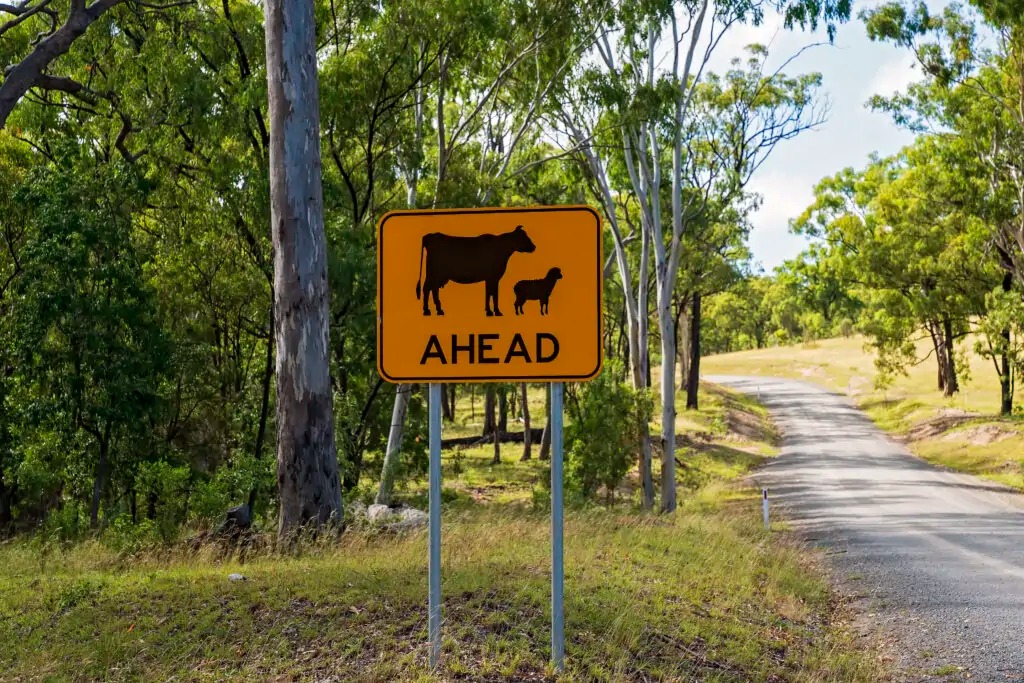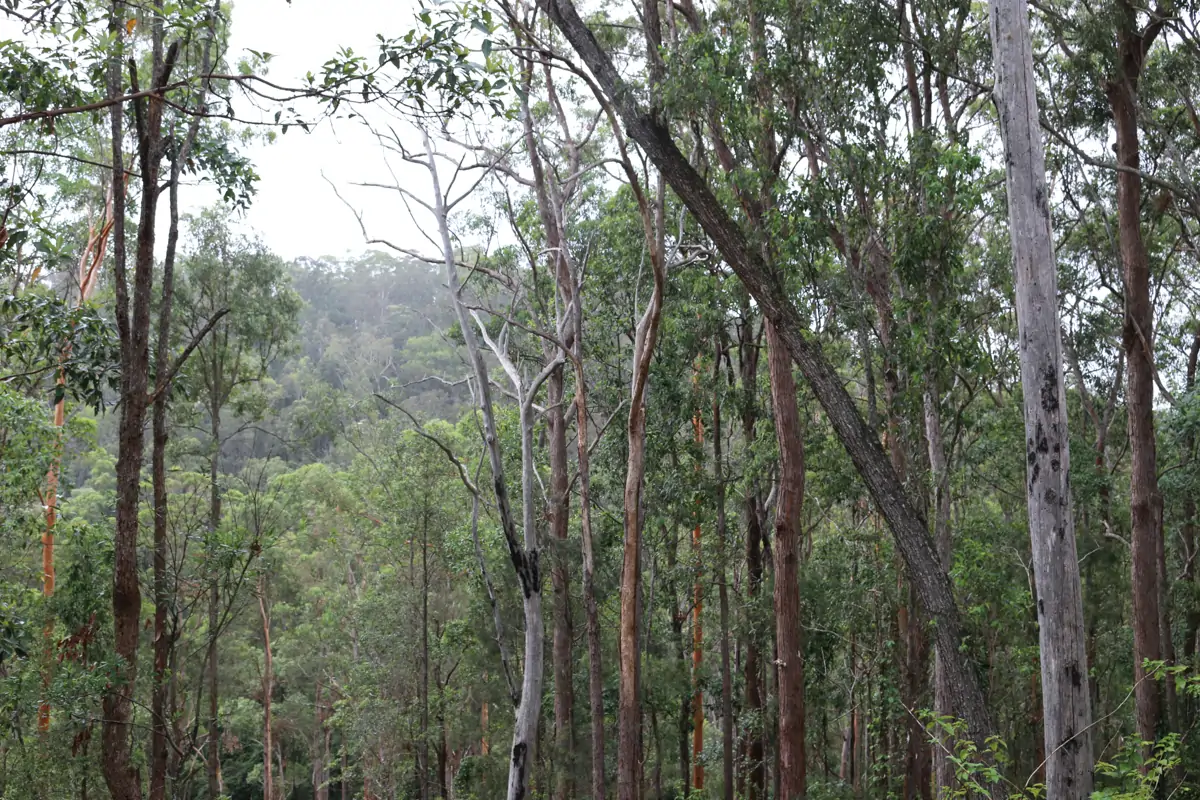As many farmer’s will attest to, the past few years have been difficult – from bushfires and covid to floods and la nina weather fronts, farmers have had to look at other ways to secure their assets and diversify their income.
For livestock farmers across our region, food security for themselves and their animals has been a concern. Opening up new areas of land for pasture (silvopasture), particularly converting forest to pasture has been a growing trend. Forest grazing is not anything new however, silvopasture has been around for thousands of years, but it’s only in more recent years Australian farmers have been embracing it.
Silvopasture provides many benefits for livestock from expanded acreage and diversity of pasture to increased shade. It also provides forest benefits including improved tree health and forest longevity. Benefits are both environmental and financial, with increased yields from the same acreage.
A recent 2022 case study in SE QLD identified an improvement in saleable timber as a direct result of silvopasture, to the equivalent of an extra 1.3 hectares per year (QLD Department of Agriculture).

What is Silvopasture?
A form of agroforestry, silvopasture is the integration of livestock grazing and forest management. Opening up existing woodland to livestock for grazing, whilst simultaneously improving long term forest health.
One of the oldest known forms of agriculture, silvopasture is currently ranked #9 in the top 100 solutions to reversing global warming (Project Drawdown).
Top 3 tips to implement a successful Silvopasture
As skilled specialists in sustainable forest management, we help over 70 private landowners each year to improve the health of their private native forest for long term benefit. As part of this we work with livestock owners to prepare and manage their forests for silvopasture. As such here are our top tips for NSW and SE QLD livestock farmers.
1. Finding the right balance between livestock and trees
With increased acreage available for pasture, there comes an opportunity to increase livestock, whether it be cattle or sheep. It is however important not to overstock. The right number of animals means the trees will live in harmony and the forest will thrive. Over time the soil will be enriched through fertilisation, pests and weeds will reduce and native wildlife will flourish. Livestock health can improve due to diversity of pasture and available foraging.
2. Ensuring rotational grazing
Ensuring animals are rotated to different areas to graze, rather than continual grazing in one location means forests and pasture can have time to rest and replenish meaning animals have better access to higher quality and quantity of food. Rotational stocking can mean you are able to increase livestock numbers per acre and allows plants to rest, however does come with other considerations such as fencing, waterpoints etc.. (Small Farms, Cornell).
3. The best trees for grazing
The best tree types are ones that are native to your region, so for our area of Northern NSW, these include Eucalypts such as the Coastal Blackbutt, Tallowwood, Grey Ironbark, Spotted and Grey Gums. Trees that are already thriving, are strong and healthy, with a good canopy to provide shelter are the key objectives. Smaller, weak or non native trees can be removed to thin an existing forest for silvopasture. New trees may also be planted as part of a long term silvopasture strategy.
Ready to take the next step and assess the potential/existing silvopasture on your property?
We are here to help. With several decades of experience in private forest management, we know a thing or two about the trees you’ll find on your property/farm. We can help you identify your tree types, health, and forestry potential as part of our no-obligation-free forest assessment and valuation.
Sustainable Forest Management operates along the East Coast, with a core focus on Northern NSW.
Get in touch today for a no obligations appraisal of your private native forest. We’d love to hear from you.
If you are interested in further reading, there are multiple local scientific studies on the benefits of adopting silvopasture in NSW and SE QLD. These include An assessment of silvopasture – The Australian Journal of Regional Studies



